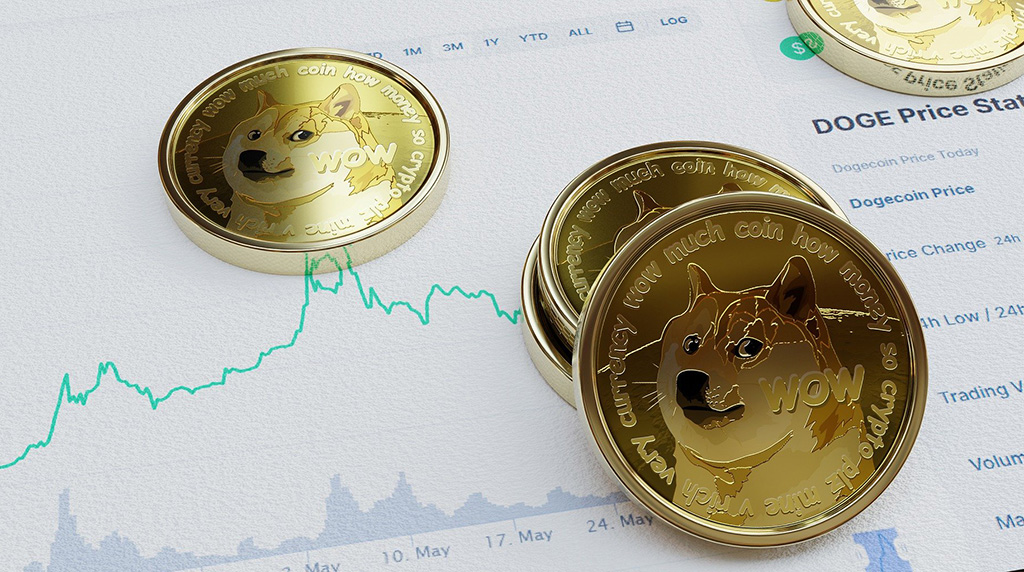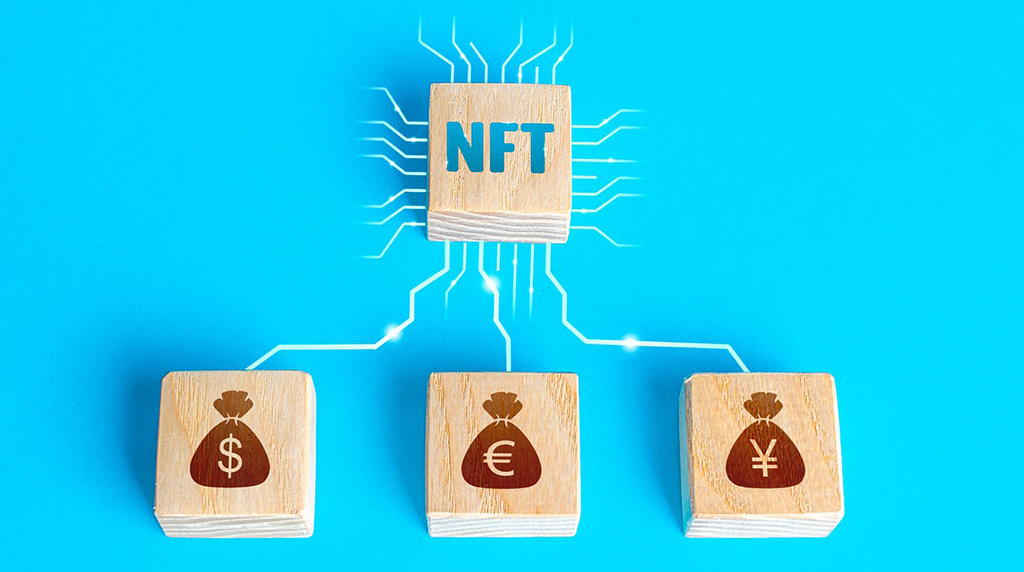The cryptocurrency market has been on a tear lately, with Bitcoin (BTC) gaining 15% since February 13th despite a steady flow of negative news. This is a testament to the short-term memory of cryptocurrency traders and their tendency to attribute less importance to bad news during bull runs. The recent newsflow has been primarily negative, with the New York State Department of Financial Services ordering Paxos to “cease minting” the Paxos-issued Binance USD (BUSD) dollar-pegged stablecoin, and the United States Securities and Exchange Commission announcing a $1.4-million settlement with former NBA player Paul Pierce for allegedly promoting “false and misleading statements” regarding EthereumMax (EMAX) tokens on social media.

However, investors remain optimistic due to weak economic data signaling that the U.S. Federal Reserve has less room to keep raising interest rates. The Philadelphia Fed’s Manufacturing Index displayed a 24% decrease on February 16th, and U.S. housing starts increased by 1.31 million versus the previous month, which is softer than the 1.36 million expectation.
To better understand how professional traders are positioned in the current market conditions, traders should refer to the USD Coin (USDC) premium, which measures the difference between China-based peer-to-peer stablecoin trades and the U.S. dollar. Currently, the USDC premium stands at 2.7%, which is flat versus the previous week on February 13th and indicates modest demand for stablecoin buying in Asia. Additionally, the Bitcoin futures premium broke above the 4% neutral threshold on February 16th, which is a return to a neutral-to-bullish sentiment that prevailed until early February.
Ultimately, the correlation with the S&P 500 50-day futures remains high at 83%, indicating that the macroeconomic scenario is likely determining the overall trend. Both retail and pro traders are showing signs of confidence, according to the stablecoin premium and BTC futures metrics. This suggests that the odds favor a continuation of the rally, as the absence of a price correction typically marks bull markets despite the presence of bearish events, especially regulatory ones.



